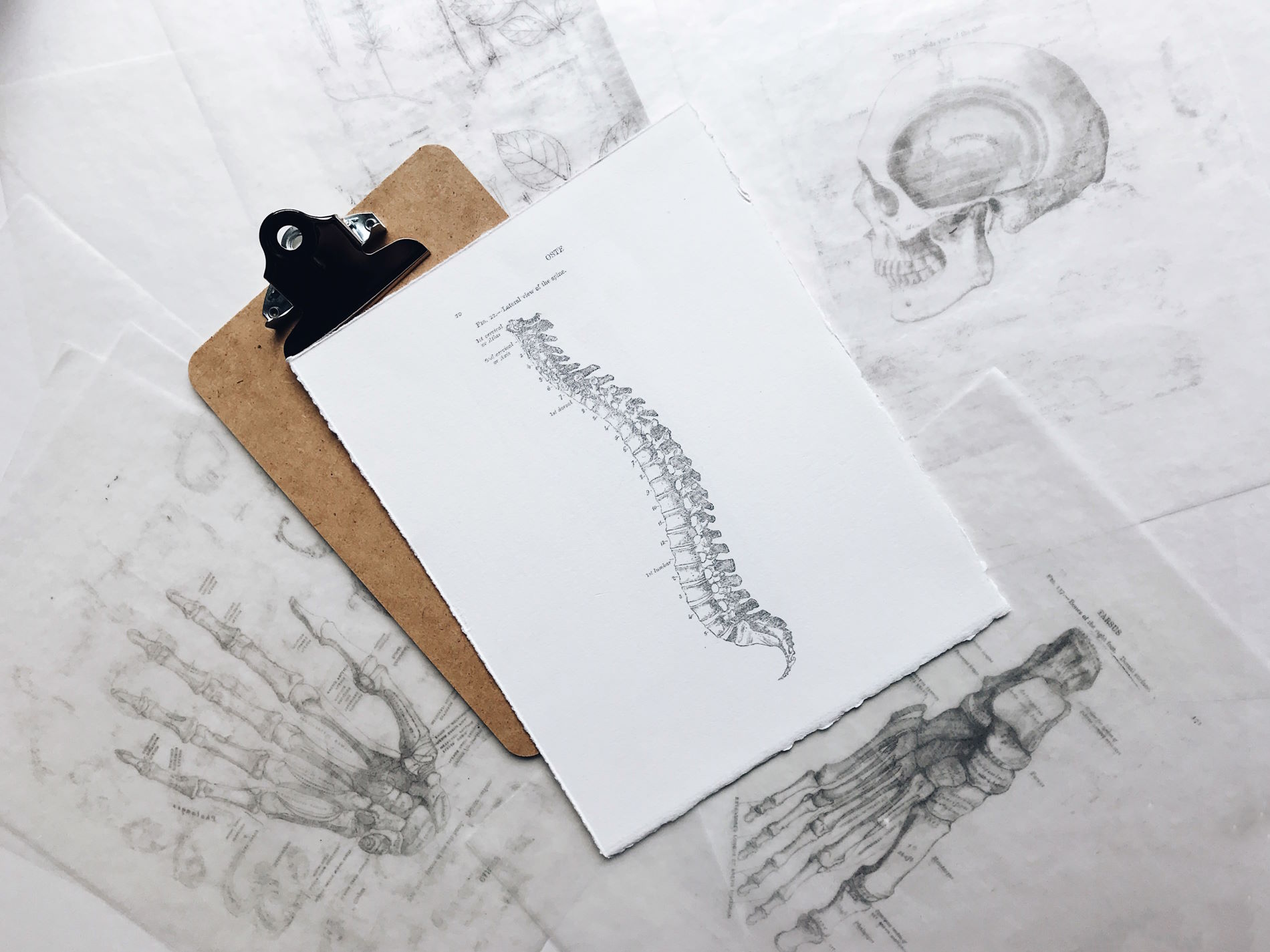VA Disability Ratings for Spinal Stenosis

CCK Law: Our Vital Role in Veterans Law
What is Spinal Stenosis?
Spinal stenosis is a narrowing of the spaces within your spine, which can put pressure on the nerves that travel through the spine. Most of the time, spinal stenosis occurs in the lower back and the neck. These two types of spinal stenosis can be summarized as follows:
- Cervical stenosis. In this condition, the narrowing occurs in the part of the spine in your neck.
- Lumbar stenosis. In this condition, the narrowing occurs in the part of the spine in your lower back. This is the most common form of spinal stenosis.
Some people with spinal stenosis do not exhibit symptoms. When symptoms are present, they usually start gradually and worsen over time. Symptoms vary depending on the location of the stenosis and which nerves are affected. However, generally speaking, symptoms may include the following:
Cervical Stenosis Symptoms
- Numbness or tingling in a hand, arm, foot, or leg
- Weakness in a hand, arm, foot, or leg
- Problems with walking and balance
- Neck pain
- Bowel or bladder dysfunction (i.e., urinary urgency and incontinence)
Lumbar Stenosis Symptoms
- Numbness or tingling in a foot or leg
- Weakness in a foot or leg
- Pain or cramping in one or both legs when you stand for long periods of time or when you walk, which usually eases when you bend forward or sit
- Back pain
Most often, spinal stenosis is caused by overuse or general wear-and-tear changes in the spine related to osteoarthritis. Other causes of spinal stenosis may include:
- Overgrowth of bone. Wear-and-tear damage from osteoarthritis on your spinal bones can prompt the formation of bone spurs, which can grow into the spinal canal.
- Herniated disks. The soft cushions that act as shock absorbers between your vertebrae tend to dry out with age. Cracks in a disk’s exterior may allow some of the soft inner material to escape and press on the spinal cord or nerves.
- Abnormal growths can form inside the spinal cord, within the membranes that cover the spinal cord or in the space between the spinal cord and vertebrae.
- Spinal injuries. Motor vehicle accidents and other trauma can cause dislocations or fractures of one or more vertebrae. Displaced bone from a spinal fracture may damage the contents of the spinal canal. Swelling of nearby tissue immediately after back surgery can also put pressure on the spinal cord or nerves.
Service Connection for Spinal Stenosis
Arguably the most important part of the VA disability claims process is establishing service connection. To establish service connection, veterans must generally do the following:
- Provide a current diagnosis of spinal stenosis
- Present evidence of an in-service event, injury, or illness
- Obtain a medical opinion linking the in-service occurrence to their diagnosed spinal stenosis
Evidence to support your VA disability claim may include military personnel and medical records, lay testimony, and medical opinions. With regard to the medical opinion, doctors must state that your condition is “at least as likely as not” due to your time in service. This opinion will be most favorable when it comes to establishing service connection.

How VA Rates Spinal Stenosis
VA rates spinal stenosis according to 38 CFR § 4.71a – Schedule of Ratings, Musculoskeletal System, Diagnostic Code 5238. Specifically, VA rates spinal stenosis according to its General Rating Formula for Diseases and Injuries of the Spine, outlined below:
- 100% – unfavorable ankylosis of the entire spine
- 50% – unfavorable ankylosis of the entire thoracolumbar spine
- 40% – unfavorable ankylosis of the entire cervical spine; or, forward flexion of the thoracolumbar spine 30 degrees or less; or, favorable ankylosis of the entire thoracolumbar spine
- 30% – forward flexion of the cervical spine 15 degrees or less; or, favorable ankylosis of the entire cervical spine
- 20% – forward flexion of the thoracolumbar spine greater than 30 degrees but not greater than 60 degrees; or, forward flexion of the cervical spine greater than 15 degrees but not greater than 30 degrees; or, the combined range of motion of the thoracolumbar spine not greater than 120 degrees; or, the combined range of motion of the cervical spine not greater than 170 degrees; or, muscle spasm or guarding severe enough to result in an abnormal gait or abnormal spinal contour such as scoliosis, reversed lordosis, or abnormal kyphosis
- 10% – forward flexion of the thoracolumbar spine greater than 60 degrees but not greater than 85 degrees; or, forward flexion of the cervical spine greater than 30 degrees but not greater than 40 degrees; or, combined range of motion of the thoracolumbar spine greater than 120 degrees but not greater than 235 degrees; or, combined range of motion of the cervical spine greater than 170 degrees but not greater than 335 degrees; or, muscle spasm, guarding, or localized tenderness not resulting in abnormal gait or abnormal spinal contour; or, vertebral body fracture with loss of 50 percent or more of the height
Were You Denied VA Disability Benefits for Spinal Stenosis?
If you were denied VA disability benefits for spinal stenosis, Chisholm Chisholm & Kilpatrick LTD may be able to help you through the appeals process. Call 800-544-9144 today for a free case evaluation or contact us here.
About the Author
Share this Post

